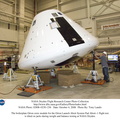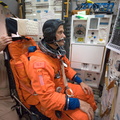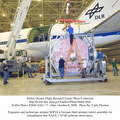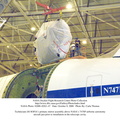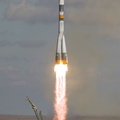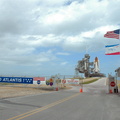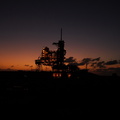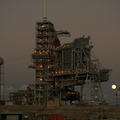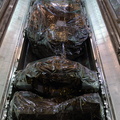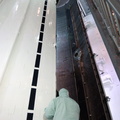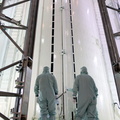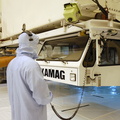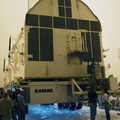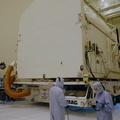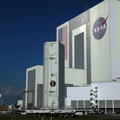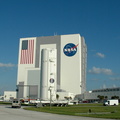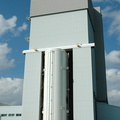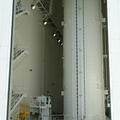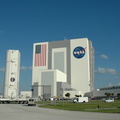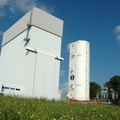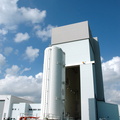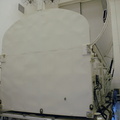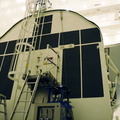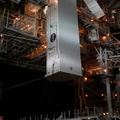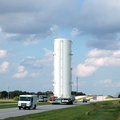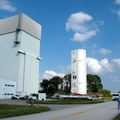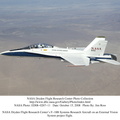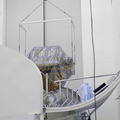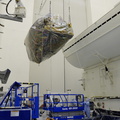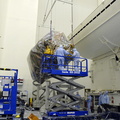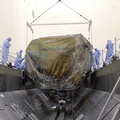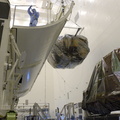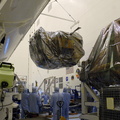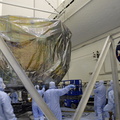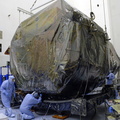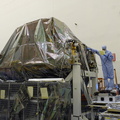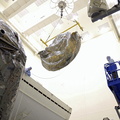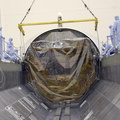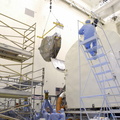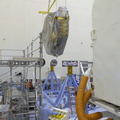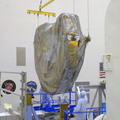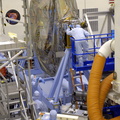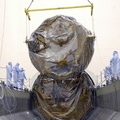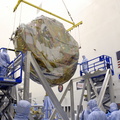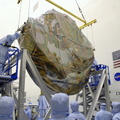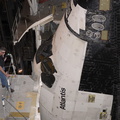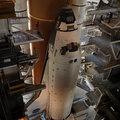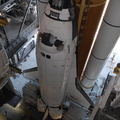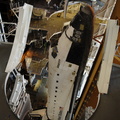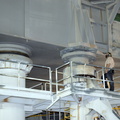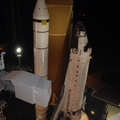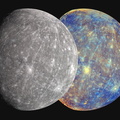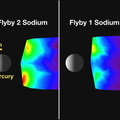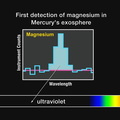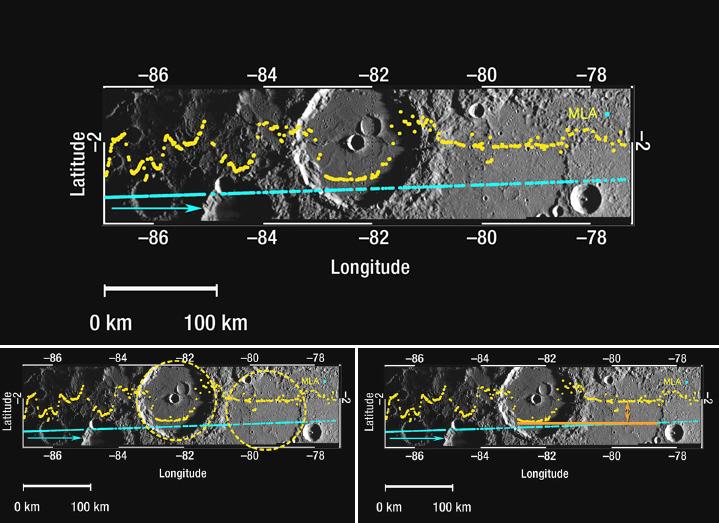
WIKIARCHIVES.SPACE
The Human Spaceflight Archive

This figure shows a 400-kilometer-long (250-mile-long) section of the MLA profile from MESSENGER’s second Mercury flyby superposed on a high-resolution NAC departure mosaic acquired during the same encounter. The blue dots indicate the spacecraft ground track, and the yellow dots show the altimetry data points; the blue arrow shows the spacecraft’s direction of travel. Near the center of this profile, the MLA track crosses two craters of comparable sizes but different depths (outlined by yellow circles in the lower left figure). The deeper crater in the center of the track is Machaut crater (see PIA11249), while the unnamed crater to Machaut’s east is considerably shallower. The lower right figure compares the depths of the two craters, indicating the difference measured by MLA with orange arrows. From the NAC mosaic it is apparent that the shallower crater has been filled, probably by volcanic material. By making such measurements systematically over the surface, it will be possible to measure the volumes of volcanic material erupted over Mercury’s history.
Information
- Taken in
- Author
- NASA/Johns Hopkins University Applied Physics Laboratory/Carnegie Institution of Washington
- Description
-
This figure shows a 400-kilometer-long (250-mile-long) section of the MLA profile from MESSENGER’s second Mercury flyby superposed on a high-resolution NAC departure mosaic acquired during the same encounter. The blue dots indicate the spacecraft ground track, and the yellow dots show the altimetry data points; the blue arrow shows the spacecraft’s direction of travel. Near the center of this profile, the MLA track crosses two craters of comparable sizes but different depths (outlined by yellow circles in the lower left figure). The deeper crater in the center of the track is Machaut crater (see PIA11249), while the unnamed crater to Machaut’s east is considerably shallower. The lower right figure compares the depths of the two craters, indicating the difference measured by MLA with orange arrows. From the NAC mosaic it is apparent that the shallower crater has been filled, probably by volcanic material. By making such measurements systematically over the surface, it will be possible to measure the volumes of volcanic material erupted over Mercury’s history.
Date Acquired: October 6, 2008
Instrument: Mercury Laser Altimeter (MLA), Narrow Angle Camera (NAC)
Scale: Machaut crater is 106 kilometers (66 miles) in diameter
- Created on
- Friday 31 October 2008
- Albums
- US SPACE PROGRAM / PROBES / MERCURY / MESSENGER / Annoted/Science
- Source link
- https://photojournal.jpl.nasa.gov
- Visits
- 25
- Rating score
- no rate
- Rate this photo
- License
- Public Domain
- Modified by WikiArchives
- No (original)
- Downloads
- 1
Powered by Piwigo












